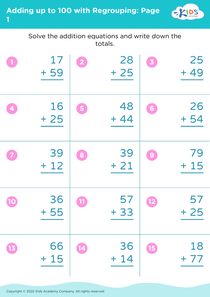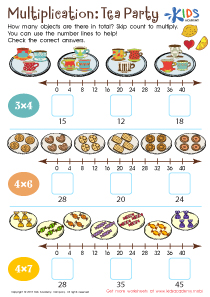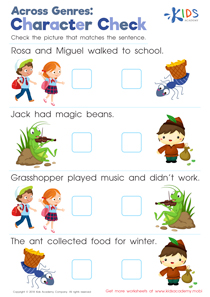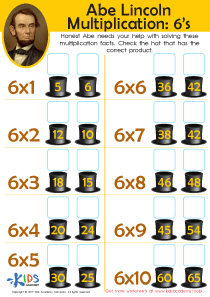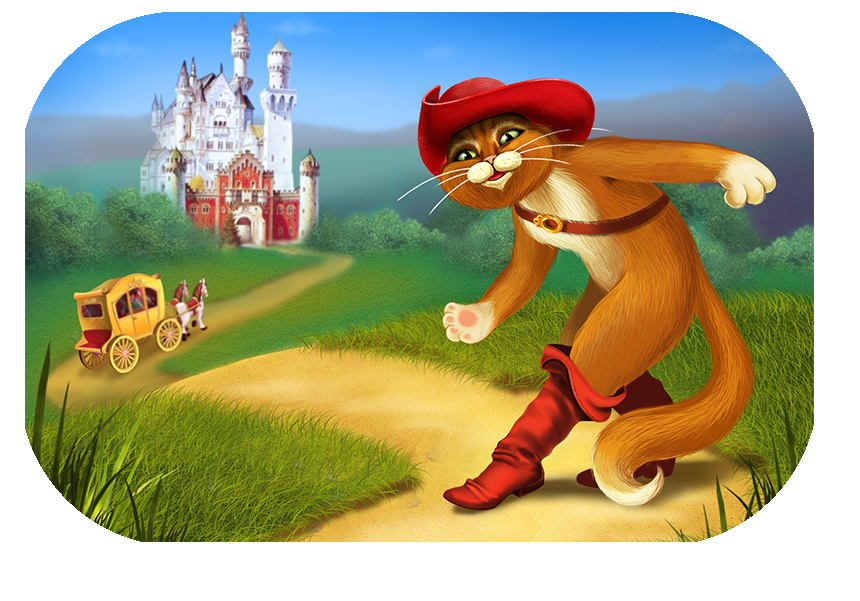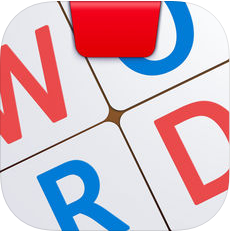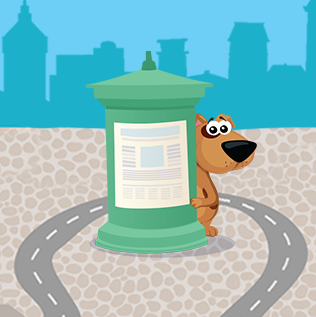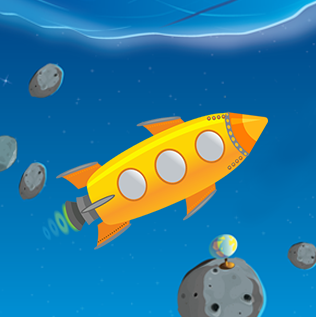English Language Arts Lessons | Respond to Stories Read Aloud for 7-Year-Olds
1 results
Dive into the magical world of storytelling with our "Respond to Stories Read Aloud for 7-Year-Olds" program! Designed to captivate and engage young minds, this curriculum offers a rich blend of interactive worksheets, educational videos, and assessment quizzes tailored for seven-year-olds. Each lesson is crafted to enhance listening comprehension, encourage creative expression, and foster a love for reading. Children will learn to articulate their thoughts, feelings, and insights in response to a variety of captivating stories read aloud. Join us on this enchanting journey to spark imagination, develop critical thinking skills, and celebrate the joy of stories!
In the enchanting journey of childhood learning, the unique curriculum "Respond to Stories Read Aloud for 7-Year-Olds" emerges as a beacon of innovation and engagement. This specially designed program targets young learners at a critical stage in their educational development, harnessing the power of storytelling to foster a love for literature while simultaneously honing their listening, comprehension, and critical thinking skills. As we delve deeper into the benefits of this curriculum, it becomes evident how it can significantly enrich the studies of children in this age group.
At the heart of "Respond to Stories Read Aloud for 7-Year-Olds" lies the timeless art of storytelling, a method proven to captivate the imaginations of children, inviting them into worlds beyond their own. When stories are read aloud, children are not merely passive listeners; they are active participants, embarking on adventures, solving mysteries, and embracing the emotions of the characters. This engagement is not just entertaining—it's a powerful educational tool. Listening to stories enhances vocabulary, improves attention span, and fosters empathy, as children learn to see the world through the eyes of others.
However, the curriculum goes beyond just listening. Through interactive worksheets, educational videos, and assessment quizzes, children are encouraged to actively respond to the stories they hear. This multifaceted approach caters to various learning styles, ensuring that every child finds a pathway to connect with the material. The interactive worksheets, in particular, are designed to challenge students to think critically about the stories. They might draw scenes from the story, predict what happens next, or discuss the motivations of characters, activities that deepen their comprehension and analytical abilities.
Educational videos serve as another engaging tool within the curriculum. These videos often expand on the themes or settings of the stories, providing visual and auditory stimuli that can reinforce understanding and retention. They can also introduce children to the concept of narrative structure, character development, and other elements of storytelling, laying the groundwork for more advanced literary analysis in the future.
Assessment quizzes play a crucial role in the learning process, offering both teachers and parents a window into the child’s comprehension and engagement with the material. These quizzes are not merely tests but learning tools themselves, designed to reinforce concepts and ensure that the lessons have been absorbed. Feedback from these assessments can guide further instruction, tailoring it to address areas where a child might need additional support or enrichment.
"Respond to Stories Read Aloud for 7-Year-Olds" stands out as an exemplary model of how to weave the joy of storytelling with the rigors of academic learning. It recognizes that education at this tender age should not be a dull march through textbooks but a lively exploration of the vast landscapes of the imagination. Through its interactive, multimodal approach, it cultivates a generation of listeners, thinkers, and storytellers, equipping them with the cognitive skills necessary for success in their continuing studies and beyond.
In a world where digital distractions are ever-present, this curriculum serves as a reminder of the simple yet profound impact of a well-told story. It fosters a learning environment where curiosity is kindled, and knowledge is embraced with enthusiasm, proving invaluable in the academic and personal growth of 7-year-olds. As children learn to respond to stories read aloud, they are not just preparing for the next chapter of their education—they are opening the book on a lifelong love of learning.
